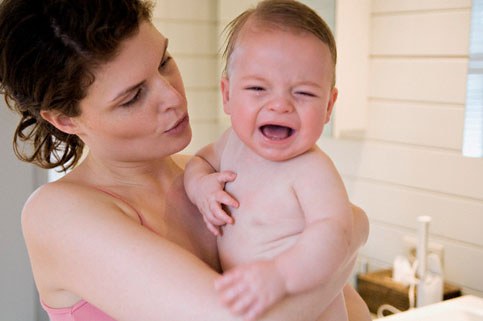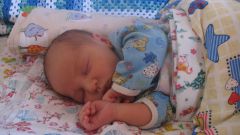Instruction
1
Rigid abdomen. One of the causes of intestinal colic in children is a large accumulation of gases. This may be associated with overeating and enzyme insufficiency, i.e. enzymes able to cleave only a certain quantity of food. Excess food causes the process of fermentation and gas formation. It is immediately noticeable on the abdomen. It becomes hard to the touch.
2
A shrill cry. Spastic contraction of the intestine usually painful and this child reacts strong shrill cry, which can not be calm. When spasm of smooth muscles can be quite long (up to 3 hours) colic, and their onset can be both during and between meals. Such cramps are particularly vulnerable to the kids the first 4 months of life.
3
Tense your abdominal muscles and pulling of legs to it. Colic baby reflex pulls legs to the stomach. This kind of reaction to the pain, and it is typical for adults.
4
The reduced appetite. Often, intestinal colic children refuse to eat, or eat reluctantly. In this case, to distinguish intestinal colic from the ingress of air into the stomach, enough for watching the baby during the meal. Once during the meal he begins to grunt and twist and cry - hold it to the column. If after vomiting or burping air, he calms down and starts to food, it is not colic.
Note
Intestinal colic in children are not accompanied by fever, skin rash, cough. Therefore, the appearance of these symptoms should immediately consult a doctor.
Useful advice
Frequent intestinal colic should consult a specialist. Especially if their appearance is associated with the use of antibiotics, the introduction of formula, juice or solid foods. In this case, can help correction power of the mother and child and, if necessary, restoration of the gut microbiota using pre-bifidobacteria and lactobacilli.


